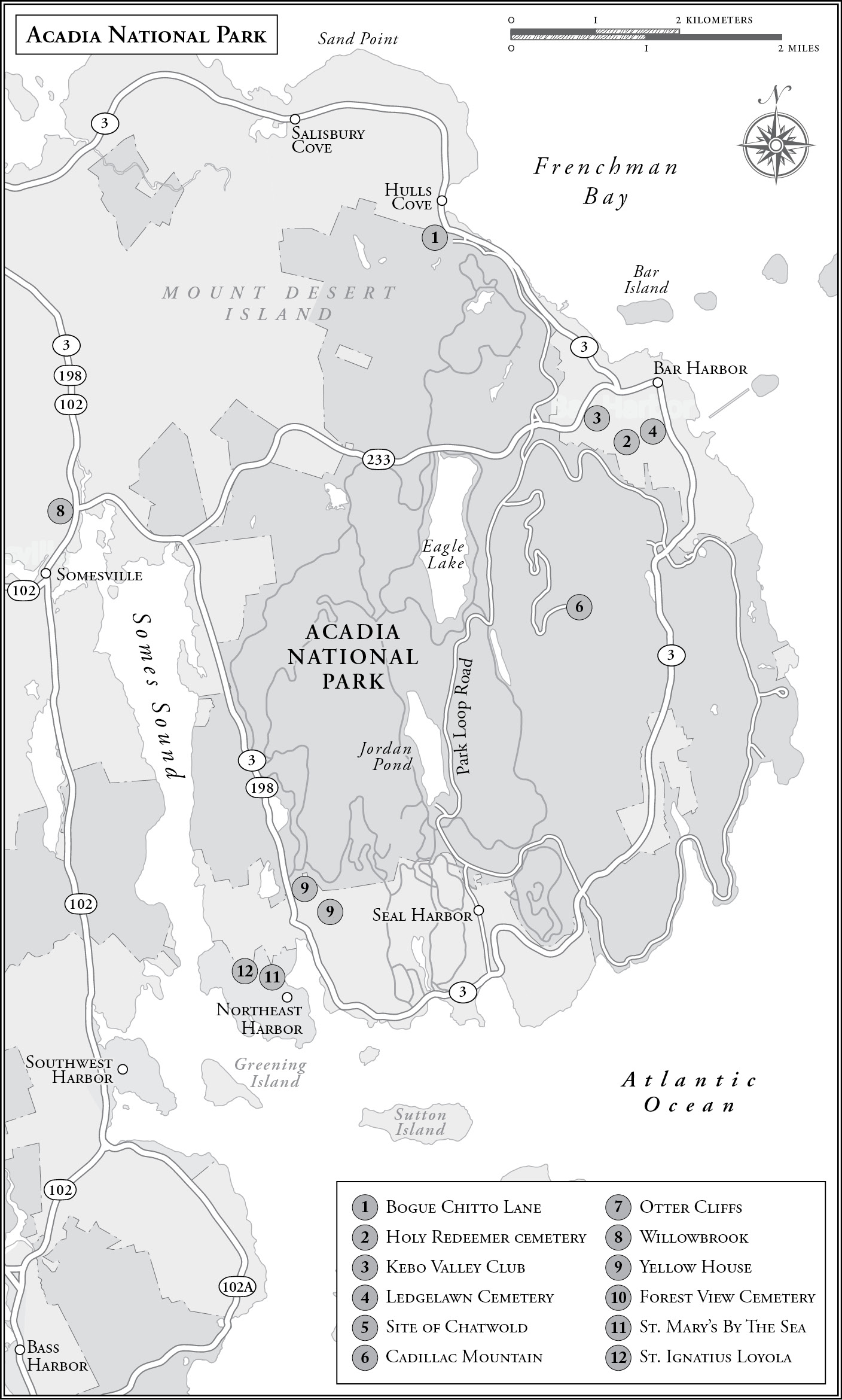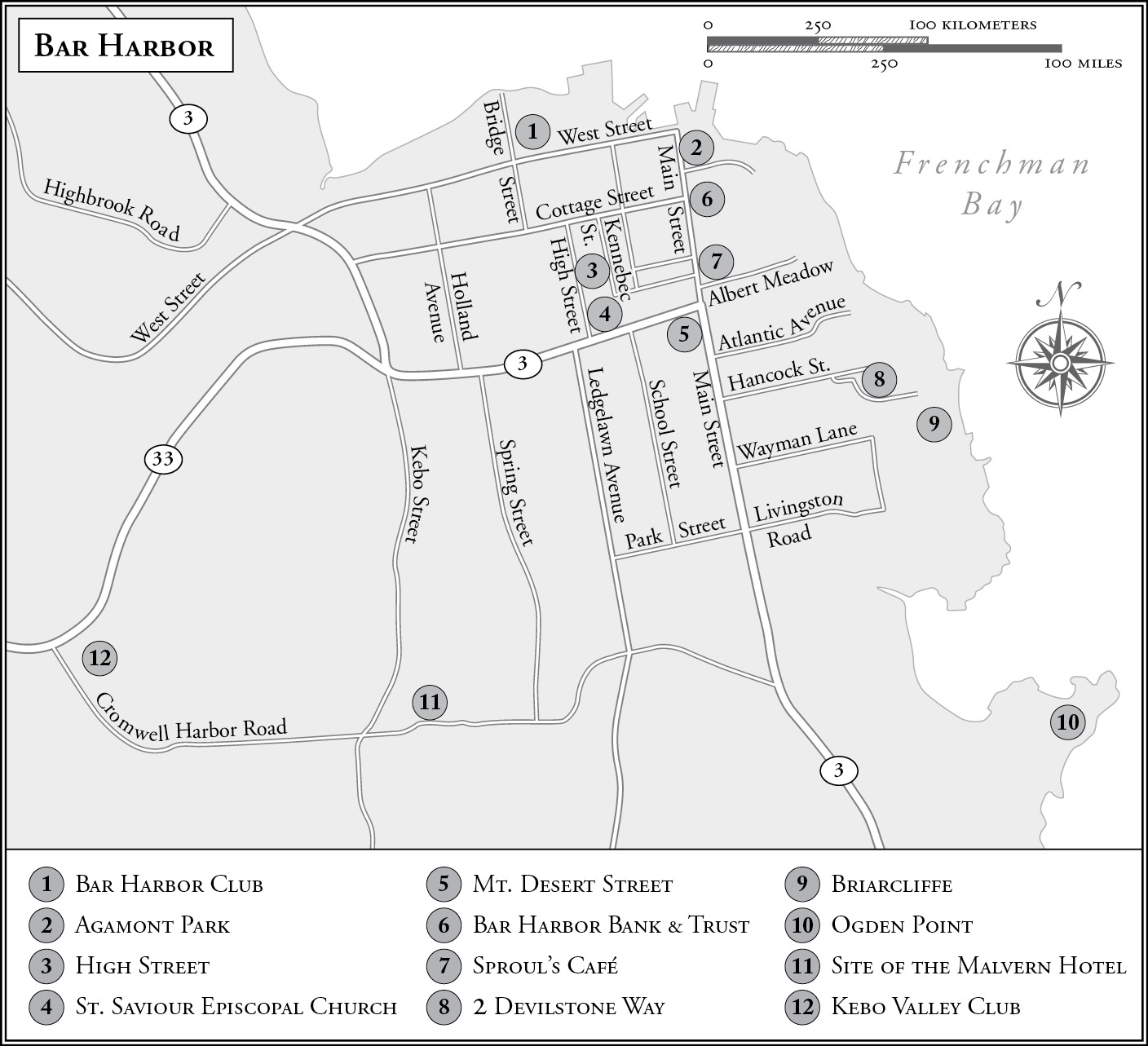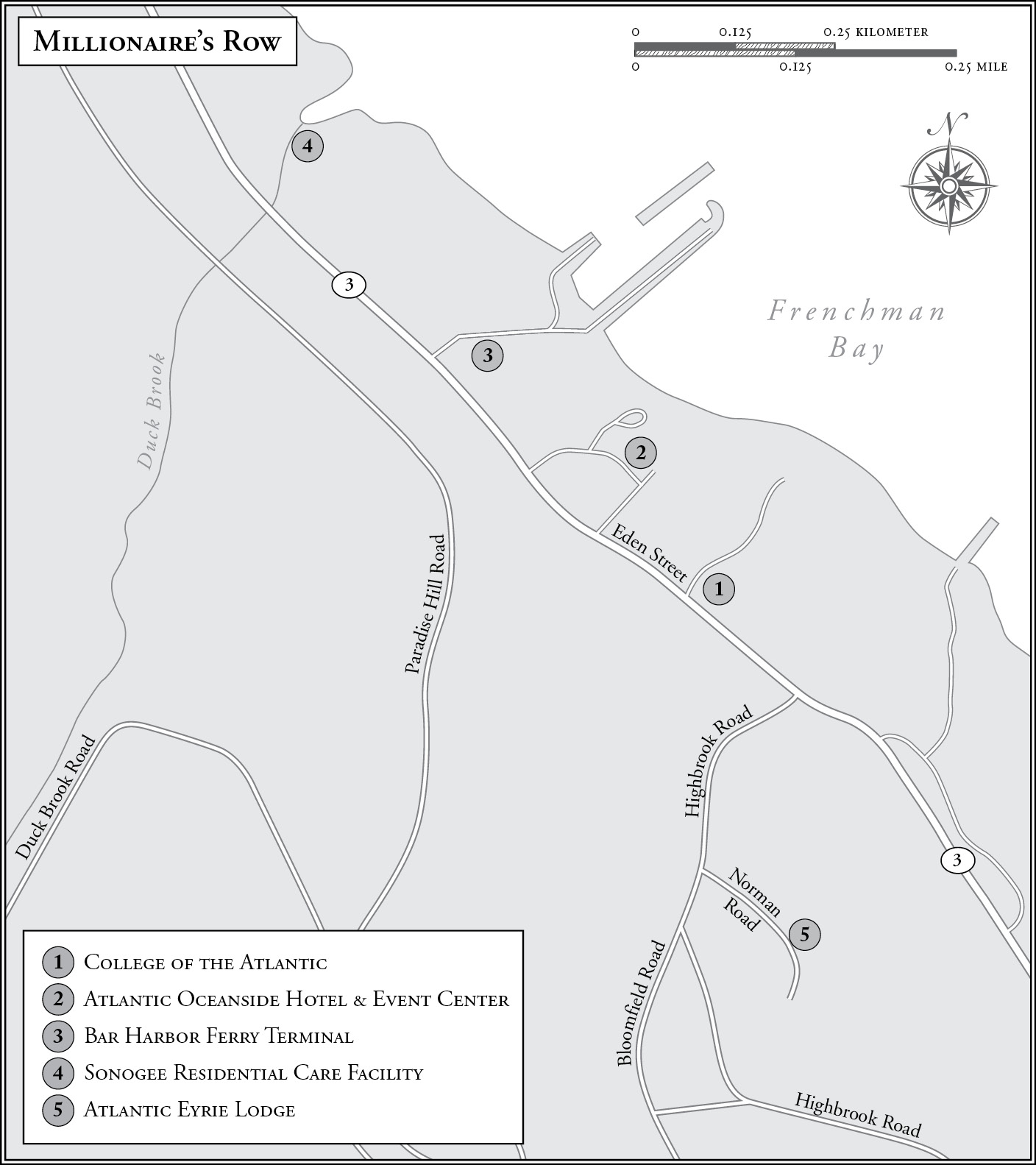Bar Harbor Babylon
Murder, Misfortune, and Scandal on Mount Desert Island
Dan and Leslie Landrigan

Camden, Maine

An imprint of The Rowman & Littlefield Publishing Group, Inc.
4501 Forbes Blvd., Ste. 200
Lanham, MD 20706
www.rowman.com
Distributed by NATIONAL BOOK NETWORK
Copyright 2019 Dan and Leslie Landrigan
Maps by Melissa Baker
All rights reserved. No part of this book may be reproduced in any form or by any electronic or mechanical means, including information storage and retrieval systems, without written permission from the publisher, except by a reviewer who may quote passages in a review.
British Library Cataloguing in Publication Information available
Library of Congress Cataloging-in-Publication Data
Names: Landrigan, Dan, author. | Landrigan, Leslie, author.
Title: Bar Harbor Babylon : murder, misfortune, and scandal on Mount Desert Island / Dan and Leslie Landrigan.
Description: Camden, Maine : Down East Books, 2019. | Includes bibliographical references and index.
Identifiers: LCCN 2018051996 (print) | LCCN 2018059539 (ebook) | ISBN 9781608939022 (Electronic) | ISBN 9781608939015 (cloth : alk. paper) | ISBN 9781608939022 (e-book)
Subjects: LCSH: Mount Desert Island (Me.)HistoryAnecdotes. | Mount Desert Island (Me.) Social life and customsAnecdotes. | ScandalsMaineMount Desert IslandAnecdotes.
Classification: LCC F27.M9 (ebook) | LCC F27.M9 L27 2019 (print) | DDC 974.1/45dc23
LC record available at https://lccn.loc.gov/2018051996
 The paper used in this publication meets the minimum requirements of American National Standard for Information SciencesPermanence of Paper for Printed Library Materials, ANSI/NISO Z39.48-1992.
The paper used in this publication meets the minimum requirements of American National Standard for Information SciencesPermanence of Paper for Printed Library Materials, ANSI/NISO Z39.48-1992.
Printed in the United States of America
Introduction
For nearly a century, a stream of wealthy summer visitors turned Mount Desert Island into a Petri dish for scandal and intrigue.
Artists were among the first tourists to come. Hudson River School painters like Frederic Church and Thomas Cole captured in oil the grandeur of the mountains next to the sea. Their paintings, sold in city galleries, inspired people to come see for themselves the beauty of Mount Desert Island. And the trouble began.
Camps gave way to hotels, and hotels begat cottages, and cottages grew into miniature palaces as the influx of summer visitors grew ever richer and more ostentatious until, inevitably, the resorts status faded.
Creating a comprehensive catalog of the scandals that touched the island would fill ten books. In Bar Harbor Babylon we offer a sampling of the tales of excess, political shenanigans, marital intrigue, and outright criminal antics that fascinated tourists and locals alike over the years.
In its heyday, the visitors to Mount Desert Island enjoyed the salacious details of high-society scandals almost as much as the fresh air and beautiful vistas of the region. We hope you will find them entertaining, as well.
The Man Who Stole Cadillac Mountain
If George Dorr is the father of Acadia National Park, John Stewart Kennedy is its rich uncleand one of the black sheep of the founding fathers of Acadia. As Mount Deserts opulent Cottage Age was beginning to crumble, Dorr was casting about for donors to preserve the islands natural beauty. Kennedy avidly supported the effort. More importantly, with his millions, he could help pay for it. When Dorr needed a check written for some piece of land or other, Kennedy proved a soft touch. A philanthropist who funded many charities in his home city of New York, his largesse also extended to his summer communityor at least one of themat Bar Harbor. When Kennedy died, he left an estate worth $67 million. Of that, $25 million went to charity and $35 million to his widow.
Kennedy bought the summit of what we now call Cadillac Mountain for Dorr. And when Dorr needed money to acquire Pickett Mountain and part of Champlain Mountain, Kennedy again agreed to fund the purchase. Before it could be bought, however, Kennedy took ill in 1909. On his deathbed he whispered to his wife: Remember... that I promised Mr. Dorr... to help him get that land. And so Mr. Dorr got his land.
Kennedy made his generosity seem gracious and effortless. But perhaps its easier to give away money when you stole it in the first place.
Though some of Kennedys wealth was the product of hard work, his biographers explain that his big score came from swindling his richest and most trusting clients.
Early biographies of Kennedy, probably influenced by his family, tend to put his business practices in a positive light. The National Cyclopaedia of American Biography , a collection of biographical articles based on questionnaires sent to relatives, notes: He won an enviable reputation for clean and safe methods and a dignified and exalted standard of business ethics. Unfortunately, its a bit of stretch. Kennedy made his money as a banker, but he was not known for his business ethics.
The Man Who Got the Money
Kennedy was a Scot, born into a family of modest means in 1830 and raised in Glasgow, a booming Industrial Age city. He had little formal education by todays standards, but for the times his public schooling put him well above most children his age.
He started his working life at thirteen as a shipping clerk. He then got a job as a manufacturers representative, selling to railroads for the Glasgow branch of a London iron firm. Like most ambitious businessmen of his day, he set his sights on America. So, at the age of twenty, the company sent him to New York.
In New York, John Stewart Kennedy found a banking firm that took him on. He was ready when opportunity knocked in the form of a deep recession caused by the Panic of 1873.
In September of 1873 the bank Cooke & Co. failed. Founded by financier Jay Cooke, the firm had been built on Cookes deals with Treasury Secretary Salmon Chase. Cooke sold war bonds to support the Union Army during the Civil War and pocketed enormous profits for himself.
Convinced of his financial genius and backed by wealthy investors, Cooke plunged into railroad stocks. His goal was to build a second intercontinental railroad to the Pacific Northwest through the Midwest. Cooke, however, was not as smart as he thought. Along the way he managed to bring down a government in Canada with his shady practices. And when he discovered that he was overextendedto put it mildlyin his railroad investments, he shuttered his bank and declared its insolvency.
The fallout was enormous. A panic on Wall Street ensued. The stock market closed for two days, and Americas giant banks took a hard look at their books and discovered (surprise) that they, too, were overinvested in valueless railroads. One by one they toppled. As the financial crisis worsened, America sank into a long depression. Commercial activity slowed, building construction stopped, and companies cut workers wages. Labor unrest spread, and in 1877, one hundred people were killed during riots and police violence in a nationwide railroad strike.
Next page

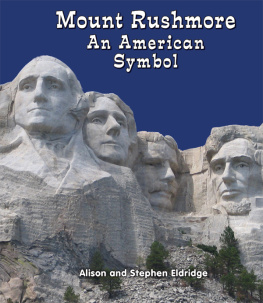


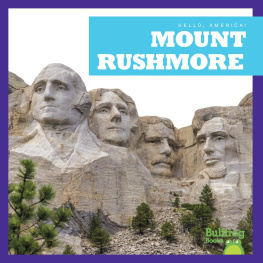
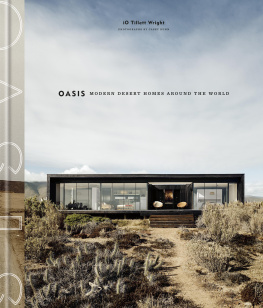
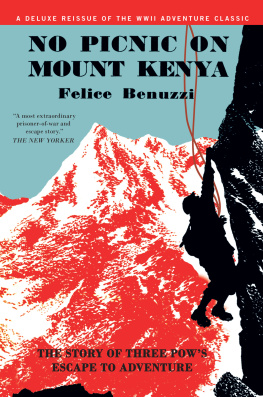
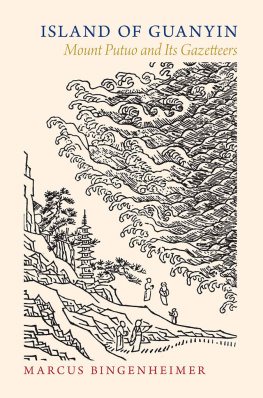


 The paper used in this publication meets the minimum requirements of American National Standard for Information SciencesPermanence of Paper for Printed Library Materials, ANSI/NISO Z39.48-1992.
The paper used in this publication meets the minimum requirements of American National Standard for Information SciencesPermanence of Paper for Printed Library Materials, ANSI/NISO Z39.48-1992.